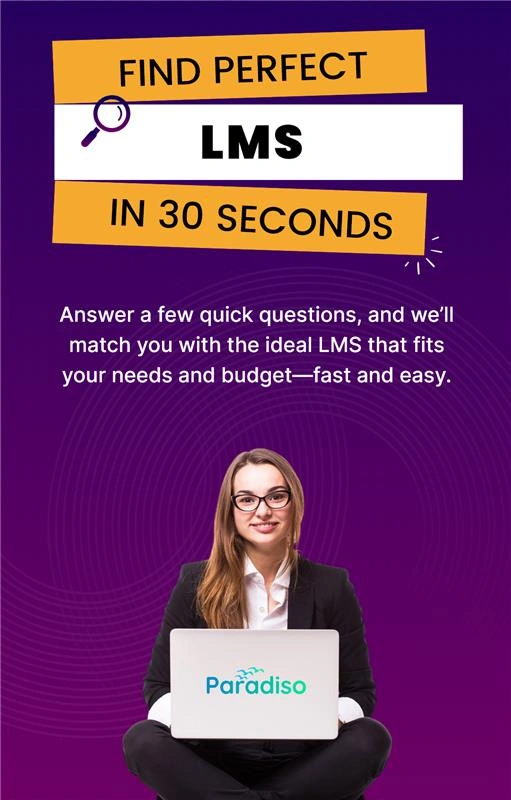Creating effective microlearning eLearning courses involves distilling essential information into bite-sized, easily digestible modules. This method leverages short, focused content that learners can quickly absorb, making it ideal for today’s fast-paced, information-rich environment. By prioritizing clarity and engagement, microlearning ensures that learners retain critical information without feeling overwhelmed.
5 Tips for Creating Effective Microlearning Courses

To optimize microlearning, courses should be designed with the learner’s experience in mind. This includes using varied media formats, incorporating interactive elements, and ensuring mobile accessibility. By doing so, learners are more likely to stay engaged and motivated, leading to better knowledge retention and application.
What is Microlearning?
Microlearning is an instructional strategy that delivers content in small, manageable segments, typically lasting no longer than a few minutes. This approach focuses on specific learning outcomes and allows learners to consume information at their own pace. Microlearning is particularly effective in reinforcing skills and knowledge through concise and targeted lessons, often using multimedia and interactive components to enhance engagement.
5 Tips for Creating effective Microlearning Courses
Center Each Module Around a Single Objective
Defining a clear and focused learning objective for each microlearning module ensures that the content remains concise and impactful.
By concentrating on one specific goal, you avoid overwhelming learners with too much information at once. This approach allows for a deeper understanding and better retention of the material.
A singular focus also aids in creating targeted content that directly addresses the learners’ needs, making the learning experience more relevant and effective.
Prioritize Essential Information
Streamlining your content to include only the essential information helps maintain learner engagement and prevents cognitive overload. When designing microlearning modules, it is crucial to distill the content down to the most important points that align with the learning objective.
This focused approach not only makes the material more digestible but also ensures that each piece of information is directly contributing to the learners’ understanding and retention of the subject. For learners who want to delve deeper, supplementary resources can be provided as optional links.
Choose the Best Format for Your Content
Selecting the most suitable format for your content is key to enhancing learner engagement and retention. Depending on the material and your audience’s preferences, choose from various formats such as videos, infographics, interactive quizzes, or scenario-based activities.
Different formats can cater to different learning styles and keep the learning experience dynamic. For instance, videos can simplify complex information, while interactive quizzes can make learning more engaging by actively involving learners in the process.
Incorporate Interactive Elements
Integrating interactive elements into your microlearning modules can significantly enhance learner engagement and retention.
Features such as quizzes, polls, simulations, and gamified activities encourage active participation, making the learning process more enjoyable and effective.
Interactivity helps reinforce learning by allowing learners to apply concepts in real-time and receive immediate feedback.
Use Real-World Examples and Scenarios
Applying real-world examples and scenarios in your microlearning modules makes the content more relatable and practical for learners.
Contextualizing information in ways that learners can recognize and apply in their daily tasks enhances the relevance and applicability of the material.
This approach not only aids understanding but also facilitates the transfer of knowledge to real-life situations, improving overall learning outcomes.
7 Benefits of Microlearning Every Course Creator Should Know
- Addresses Short Attention Spans: Microlearning is designed for learners with limited attention spans, breaking down information into short, digestible chunks.
- Flexible and Convenient: Learners can access microlearning modules anytime and anywhere, fitting learning into their schedules easily, especially on mobile devices.
- Enhances Retention: Frequent, short learning sessions improve knowledge retention and reinforce learning through repetition.
- Cost-Effective:Developing and updating microlearning content requires fewer resources, making it a cost-effective solution for organizations.
- Promotes Continuous Learning: Microlearning encourages a habit of regular, ongoing education, keeping learners engaged over time.
- Immediate Application: Learners can quickly apply what they’ve learned to real-world situations, increasing the practical value of the training.
- Supports Just-in-Time Learning: Microlearning modules can be accessed as needed, providing just-in-time learning that addresses specific problems or questions.
- Adaptable to Various Learning Styles: Microlearning accommodates different learning preferences, using diverse media and interactive elements.
Conclusion:
Microlearning eLearning courses are an effective way to deliver concise, targeted, and engaging content. By understanding your audience and leveraging interactive and varied media, you can create impactful learning experiences. Continuous evaluation and iteration ensure that these courses remain relevant and effective, making microlearning an essential strategy in modern education and training.













